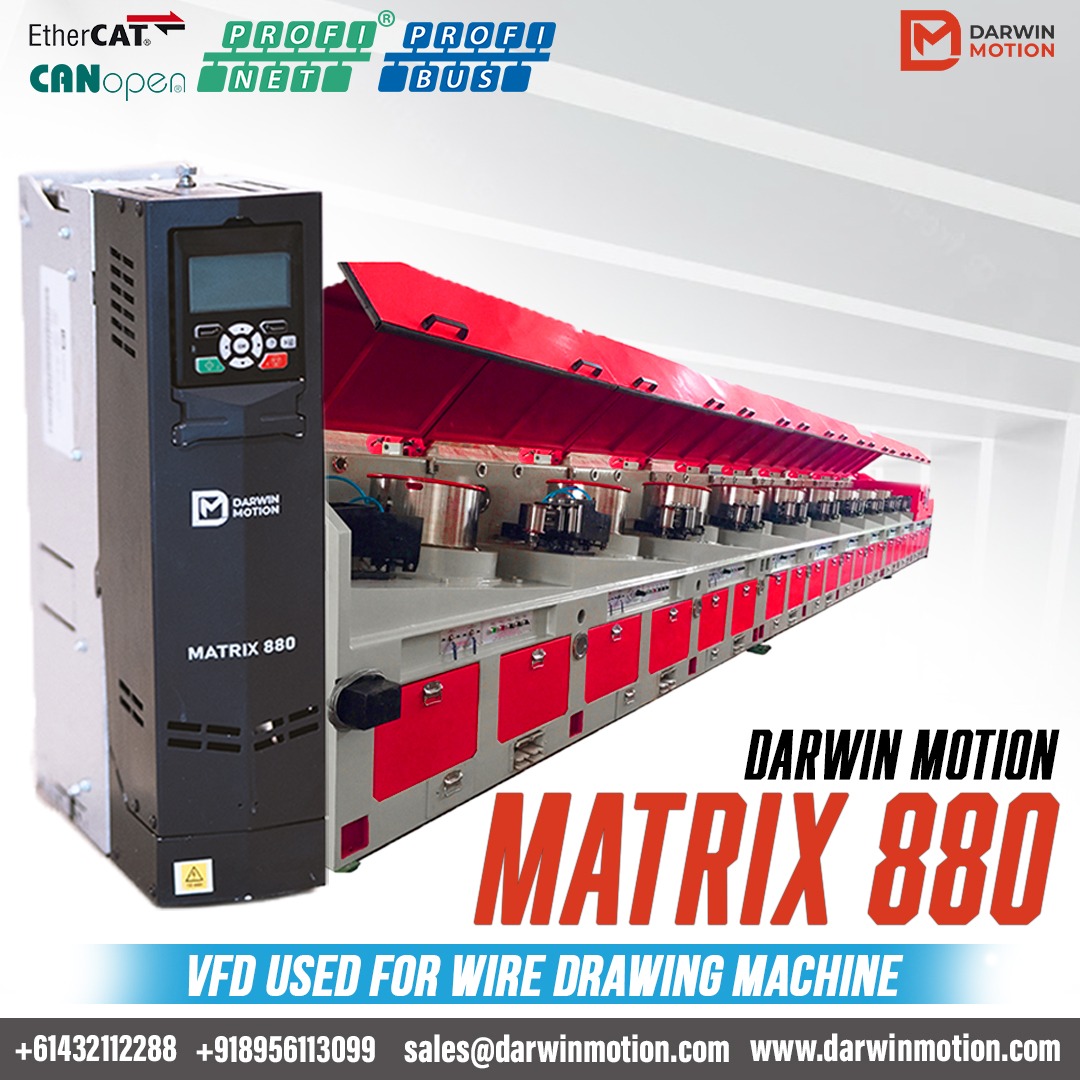Posted on 8th Jun 2024

In the quest for efficiency and sustainability, industries worldwide are constantly seeking innovative solutions to optimize their processes. The cement industry, a cornerstone of global infrastructure development, is no exception. Among the technologies revolutionizing cement production, Variable Frequency Drives (VFDs) stand out as a vital tool for enhancing operational efficiency, reducing energy consumption, and mitigating environmental impact.
Variable Frequency Drives (VFDs) are sophisticated electronic devices used to control the speed and torque of electric motors in various industrial applications. They accomplish this by adjusting the frequency and voltage supplied to the motor, thereby enabling precise control over its rotational speed. This capability makes VFDs an invaluable asset in industries where motor-driven equipment plays a pivotal role, such as the cement manufacturing process.
In the cement industry, servo drive find widespread application across various stages of production, from raw material crushing to clinker grinding. One of the primary areas where VFDs are employed is in controlling the speed of motors driving crushers and mills. By adjusting the speed according to the processing requirements, VFDs help optimize energy consumption and reduce wear and tear on equipment, thereby extending their lifespan.
Additionally, VFDs are instrumental in regulating the operation of fans and blowers used for combustion air supply and ventilation in cement kilns. By dynamically adjusting the speed of these motors based on demand, VFDs ensure efficient airflow management, leading to improved combustion efficiency and reduced energy wastage.
The adoption of Variable Frequency Drives offers a multitude of benefits to cement manufacturers, including:
Energy Efficiency: VFDs enable precise control over motor speed, allowing operators to match energy consumption with actual process requirements. This results in significant energy savings by eliminating the need for constant-speed operation, which is often inefficient.
Process Optimization: By fine-tuning motor speed and torque, VFDs optimize various aspects of the cement manufacturing process, such as material crushing, grinding, and kiln operation. This optimization enhances overall production efficiency and product quality while minimizing waste.
Reduced Maintenance Costs: The ability to start motors gradually and control their speed reduces mechanical stress and wear on equipment components, leading to fewer breakdowns and lower maintenance expenses over time.
Environmental Sustainability: Through energy savings and process optimization, VFDs contribute to reducing the carbon footprint of cement production. This aligns with the industry's growing emphasis on sustainability and environmental stewardship.
While Variable Frequency Drives offer numerous advantages, their implementation in the cement industry is not without challenges. Some of the key considerations include:
Initial Investment: The upfront cost of installing VFDs and associated control systems may deter some cement manufacturers, especially smaller-scale operations. However, it's essential to consider the long-term cost savings and operational benefits offered by VFDs.
Technical Expertise: Proper selection, installation, and programming of regenerative drive require specialized knowledge and expertise. Cement companies may need to invest in training or consult with experts to ensure optimal performance and reliability.
Compatibility with Existing Infrastructure: Retrofitting VFDs into existing cement plant infrastructure can present compatibility and integration challenges. Careful planning and coordination are necessary to seamlessly integrate VFDs with existing control systems and equipment.
Darwin Motion Variable Frequency Drives (VFDs) represent a cornerstone technology in the ongoing evolution of the cement industry towards greater efficiency, sustainability, and competitiveness. By enabling precise control over motor speed and torque, VFDs empower cement manufacturers to optimize their processes, reduce energy consumption, and minimize environmental impact. While challenges exist, the benefits of VFD adoption far outweigh the initial investment, positioning them as a strategic asset for cement companies looking to thrive in an increasingly demanding and environmentally conscious market landscape.